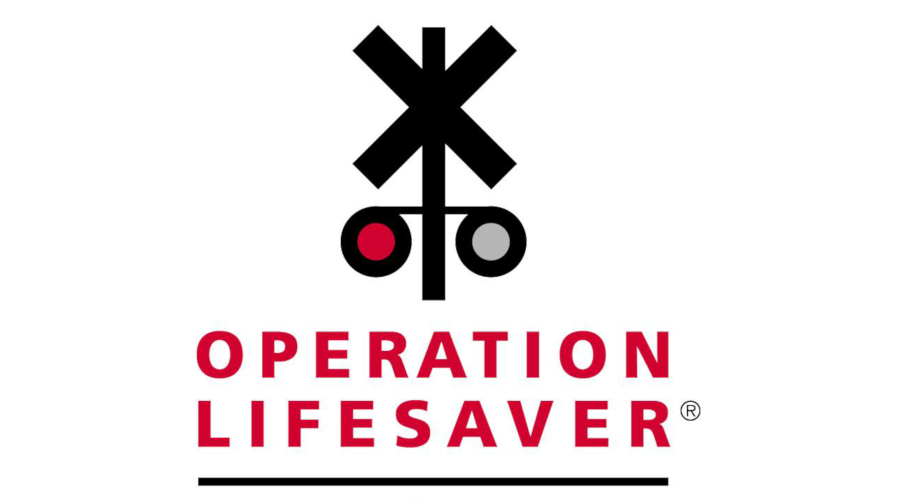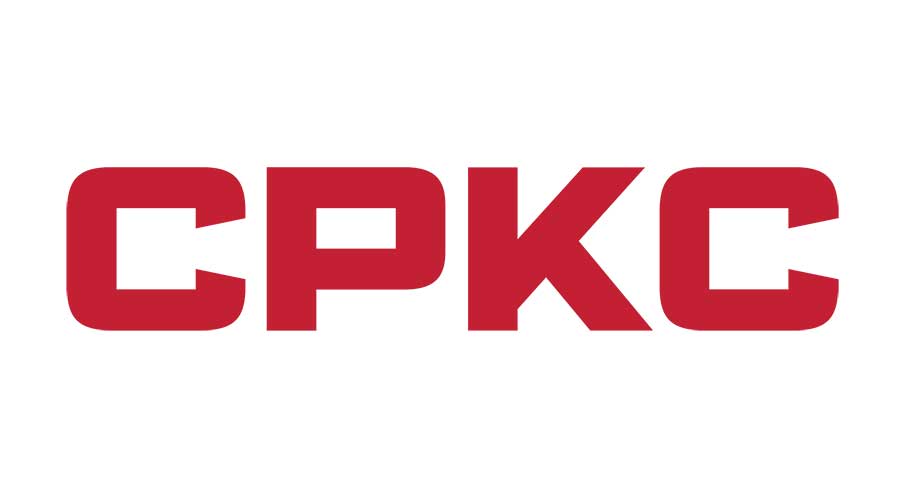Newsletter Sign Up
Stay updated on news, articles and information for the rail industry
Stay updated on news, articles and information for the rail industry
RAIL EMPLOYMENT & NOTICES
Rail News Home
Canadian National Railway - CN
Rail News: Canadian National Railway - CN
7/21/2009
Rail News: Canadian National Railway - CN
Placed in perspective, second-quarter performance was mostly 'stellar,' CN says
advertisement
In terms of financial performance, the second quarter was a real downer for CN. Revenue dropped 15 percent to $1.6 billion, net income declined 16 percent to $350 million, operating income fell 18 percent to $527 million and carloads plunged 22 percent to 928,000 units compared with second-quarter 2008 figures.
But in terms of operational performance — and in light of the recession — the quarter was uplifting. The Class I attained best-ever service levels as six key metrics posted year-over-year improvements, said CN President and Chief Executive Officer E. Hunter Harrison during an earnings Webcast/teleconference held Monday afternoon. Cars per yard switching hour improved 20 percent to 36.0; car miles per day improved 17 percent to 210; train velocity increased 14 percent to 29.2 mph; average terminal dwell time dropped 9 percent to 7.5 hours; gross ton miles (GTM) per train mile went up 3 percent to 7,516; and mainline GTMs per available horsepower improved 2 percent to 308.
“In trying to make these types of improvements, it's much easier when your volumes are rising and improving than it is when you're going through the downward cycles that we are now,” said Harrison. “So, you bring back ‘normal’ volumes that we were experiencing prior to this recession and the metrics would improve even further.”
Although carloads dropped significantly, revenue ton-miles — which aren’t a “great proxy” for revenue performance, Harrison believes — declined 14 percent year over year. In addition, CN’s operating ratio increased only 1 point to 67.3 because of productivity gains and cost controls, said Harrison.
“I’m pleased with what I thought was a pretty stellar performance when you consider the challenging environment that we experienced in the second quarter,” he said.
Quarterly operating expenses dropped 20 percent to $1.1 billion compared with second-quarter 2008 expenses primarily because fuel costs plummeted 62 percent to $157 million and purchase services/material costs declined 17 percent to $229 million. CN outsourced fewer services and materials, and lowered third-party costs, said Executive Vice President Claude Mongeau, who will succeed Harrison as the Class I’s top executive at year’s end.
Comparing revenue on an apples-to-apples basis — minus a 19 percent drop in “other,” or non-rail revenue — shows only a 10 percent year-over-year decline, said EVP of Sales and Marketing James Foote. Coal revenue increased 4 percent, while metals/minerals revenue plunged 34 percent, automotive revenue plummeted 26 percent, forest products revenue dropped 21 percent, intermodal revenue declined 19 percent, petroleum/chemicals revenue fell 4 percent and grain/fertilizers revenue decreased 1 percent.
Looking ahead, traffic volume in the second half will be better than it was in the first, said Foote.
“The question is: Just how much better?” he asked.
Lumber and construction materials demand likely is at the bottom; the petroleum market remains in good condition despite lower oil prices; U.S. coal volumes are strong because of the Elgin, Joliet & Eastern Railway integration and a new mine; U.S. grain shipments should improve; potash traffic will be pushed to the second half or later; and international intermodal volumes will benefit from a second vessel at the Port of Prince Rupert, said Foote.
— Jeff Stagl
But in terms of operational performance — and in light of the recession — the quarter was uplifting. The Class I attained best-ever service levels as six key metrics posted year-over-year improvements, said CN President and Chief Executive Officer E. Hunter Harrison during an earnings Webcast/teleconference held Monday afternoon. Cars per yard switching hour improved 20 percent to 36.0; car miles per day improved 17 percent to 210; train velocity increased 14 percent to 29.2 mph; average terminal dwell time dropped 9 percent to 7.5 hours; gross ton miles (GTM) per train mile went up 3 percent to 7,516; and mainline GTMs per available horsepower improved 2 percent to 308.
“In trying to make these types of improvements, it's much easier when your volumes are rising and improving than it is when you're going through the downward cycles that we are now,” said Harrison. “So, you bring back ‘normal’ volumes that we were experiencing prior to this recession and the metrics would improve even further.”
Although carloads dropped significantly, revenue ton-miles — which aren’t a “great proxy” for revenue performance, Harrison believes — declined 14 percent year over year. In addition, CN’s operating ratio increased only 1 point to 67.3 because of productivity gains and cost controls, said Harrison.
“I’m pleased with what I thought was a pretty stellar performance when you consider the challenging environment that we experienced in the second quarter,” he said.
Quarterly operating expenses dropped 20 percent to $1.1 billion compared with second-quarter 2008 expenses primarily because fuel costs plummeted 62 percent to $157 million and purchase services/material costs declined 17 percent to $229 million. CN outsourced fewer services and materials, and lowered third-party costs, said Executive Vice President Claude Mongeau, who will succeed Harrison as the Class I’s top executive at year’s end.
Comparing revenue on an apples-to-apples basis — minus a 19 percent drop in “other,” or non-rail revenue — shows only a 10 percent year-over-year decline, said EVP of Sales and Marketing James Foote. Coal revenue increased 4 percent, while metals/minerals revenue plunged 34 percent, automotive revenue plummeted 26 percent, forest products revenue dropped 21 percent, intermodal revenue declined 19 percent, petroleum/chemicals revenue fell 4 percent and grain/fertilizers revenue decreased 1 percent.
Looking ahead, traffic volume in the second half will be better than it was in the first, said Foote.
“The question is: Just how much better?” he asked.
Lumber and construction materials demand likely is at the bottom; the petroleum market remains in good condition despite lower oil prices; U.S. coal volumes are strong because of the Elgin, Joliet & Eastern Railway integration and a new mine; U.S. grain shipments should improve; potash traffic will be pushed to the second half or later; and international intermodal volumes will benefit from a second vessel at the Port of Prince Rupert, said Foote.
— Jeff Stagl


 2025 MOW Spending Report: Passenger-rail programs
2025 MOW Spending Report: Passenger-rail programs
 Gardner steps down as Amtrak CEO
Gardner steps down as Amtrak CEO
 Guest comment: Oliver Wyman’s David Hunt
Guest comment: Oliver Wyman’s David Hunt
 Women of Influence in Rail eBook
Women of Influence in Rail eBook
 railPrime
railPrime







